It is well known that Italy is one of the most famous countries in the world for its hearty hospitality; a country of travelers, traders, scholars and globetrotters since its origins, a crossroads of peoples and tourists of all kinds, which is used to and well pleased in hosting those who wish to know its wonders. Empowered by this mindset, despite the unspoken hostility of a certain political class and those who retain a more “traditionalist” outlook on life, Italy has been a widely regarded rainbow tourism destination in Europe for about a couple of centuries, where members of the LGBTQI+ community can feel represented and welcome and find contexts in which to have fun, enrich themselves and socialize.
In this article we present what we think are the 10 most gay friendly cities in Italy, where you can add a little more glitter to your trip to the Bel Paese.
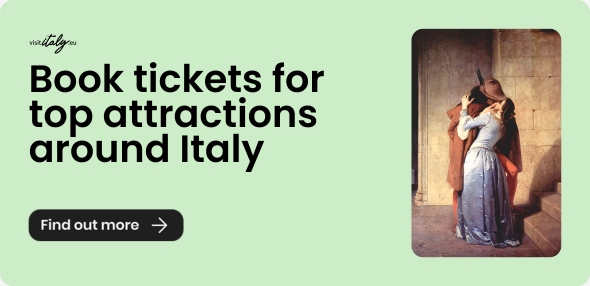
The most gay friendly cities in Italy between contemporary history and the present day
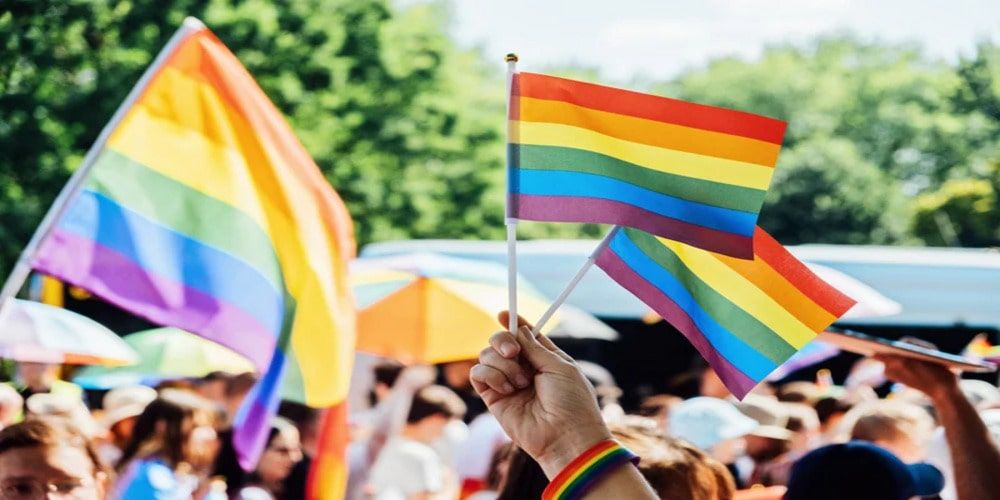
The LGBTQI+ community's appreciation for Italy has ancient origins but not so much: we are in the late nineteenth century and the country is reported to be one of those nations where anti-homosexual laws were not instituted. Attracted by this freedom and tolerance, many homosexuals began to travel to destinations such as Capri, Taormina, Venice, but also Florence, Rome and Naples, which inspired evocative and adventurous tales for their travel journals.
With the post-World War II period, this type of tourism in Italy declined, leaving space mainly for families, until the new Millennium, which witnessed a significant rise in it. Today, LGBTQ+ tourism is purely urban and is mainly concentrated in the months of June and July, during which all major cities celebrate the Pride, the celebration of gay pride and the LGBTQI+ community, equal gender rights and openness to all kinds of love.
But beyond the parades and floats, there are many Italian locations where rainbow tourism is concentrated, either for a classic summer vacation - thus by the sea - or for a tour that touches on important milestones in the community's history. So if you are looking for a rainbow destination for the next Pride or vacation, come with us and discover the 10 most gay friendly cities in Italy from north to south.
Listen to the podcast version of the article with Monna Lisa and Leonardo's voices
20. Rome: Gay Street and Gay Village

Rome needs no introduction - anything is possible in the Eternal City! Epicenter of homosexual culture in Antiquity and then in the Renaissance, up to the splendor of the Dolce Vita, Rome has its own Gay Street and it is located right in front of the Colosseum. We are talking about Via San Giovanni in Laterano, a meeting place for the gay community since the 1960s. Here you will find all the most famous gay clubs in the Capital.
The most important LGBTQI+ event in Rome, besides Pride, is definitely the Gay Village, held every summer in Testaccio since 2001. It is a series of events held throughout the city, aimed at fighting homophobia and violence in general.
Don't miss a visit to the Colosseum19. Vatican State and gay artworks
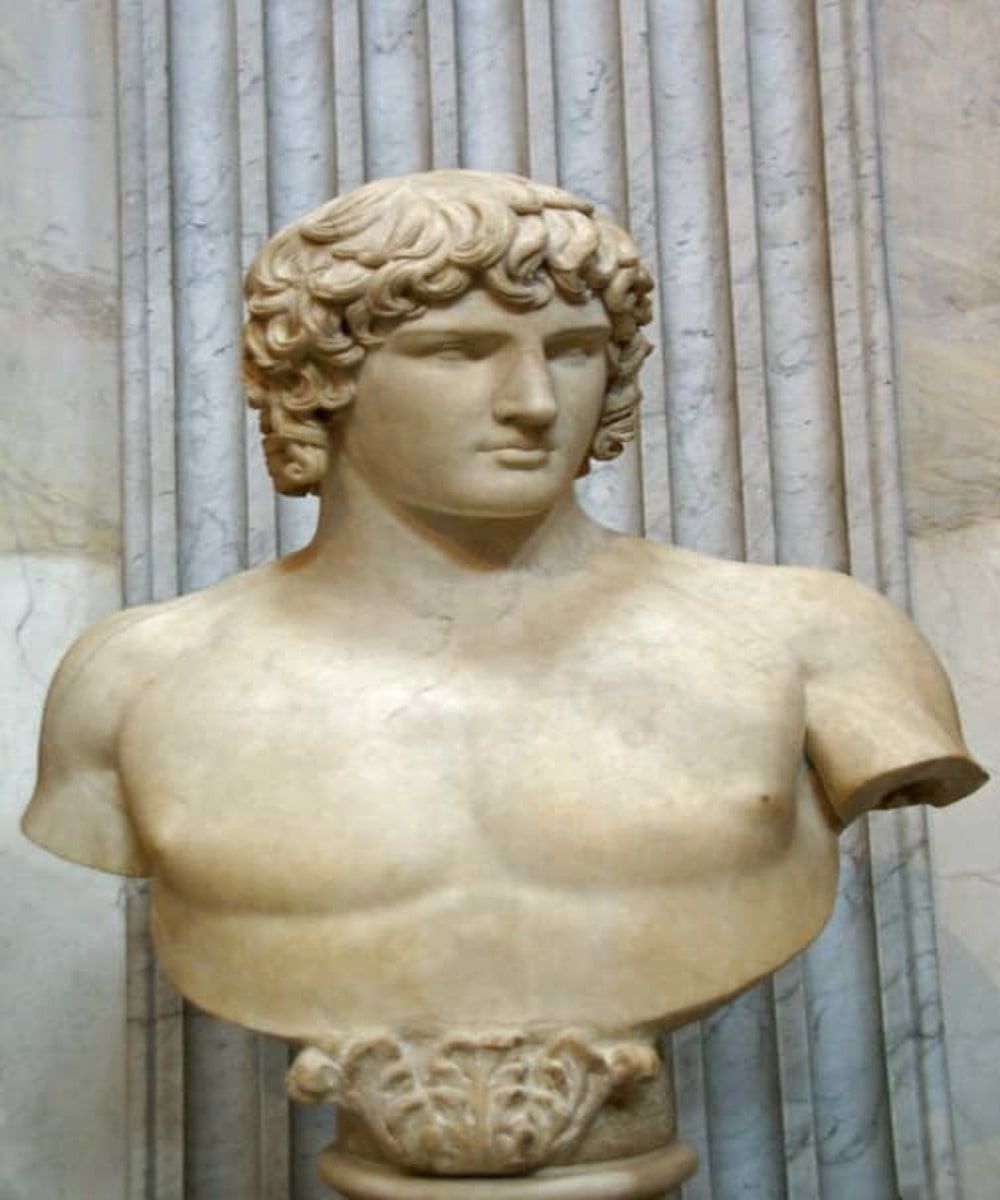
But besides entertainment, Rome also offers cultural landmarks. So a visit to the Vatican Museums is not to be missed, perhaps looking at them from a fresh perspective. Well yes, right here are “hidden” so many things never told about Michelangelo and gay art. Among the halls of the museums you can trace the love affair between Emperor Hadrian and Antinous - from their statues to the reconstruction of the Serapeum of the Canopus at Hadrian's Villa in Tivoli, a place the emperor had built to pay homage to his lover.
Michelangelo, in the Sistine Chapel, expresses all his sexuality: for the face of Jesus Christ he was inspired by Tommaso de' Cavalieri, with whom he was madly in love and by whom he was rejected. Moreover, also in the Last Judgment fresco, in the midst of despair, there are three couples of men kissing.
Discover the gay art and more of the Sistine Chapel18. Catania, the gayest city in Sicily
Earlier we talked about Taormina as a destination for gay tourism in the late nineteenth century. To this day, Taormina's beaches remain among the most popular, but Catania has risen to claim the top spot in Sicily as the most LGBTQI+ destination.
Catania ferments a dynamic community that roams basically everywhere, from the sea to the suburbs. Its Gay Street is just a short walk from Piazza Università, among the venues that line the Alessi steps.
In Catania there are also many associations that fight for the rights of the LGBTQI+ community. In addition to Arcigay Catania, which often hosts events and activities at its headquarters in Via Sant'Elena, there are also other lesser-known ones with a rich calendar of meetings and activities. These include Queer as Unict, a university association aimed at raising awareness about gender differences and countering stereotypes.
Also, for the past 20 years, between late June and early July, the city gets flooded with the rainbow colors with a series of initiatives that end in the traditional parade.
17. The Red Tree
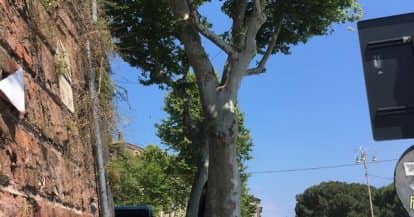
If you decide to visit Catania, you can't miss a visit to one of the historic landmarks of the LGBTQI+ community: just after the bus station, past the arches and before entering the heart of the city, there is the Albero Rosso, the Red Tree, or in dialect Arvulu Russu.
Here in the 1930s, there was one of the largest gay communities in Italy and the tree was a meeting place for arrusi, as the homosexuals of Catania were called.Their story was told in the book The City and the Island by Tommaso Giartosio and Gianfranco Goretti, in which they recall the men-only dance halls and furtive loves lived on the beach, until fascist repression and the horror of war erased everything.
That tree still exists and has a deep fracture in it, as if to testify to the wound inflicted on the city and a part of it.
16. Bologna, red and rainbow city
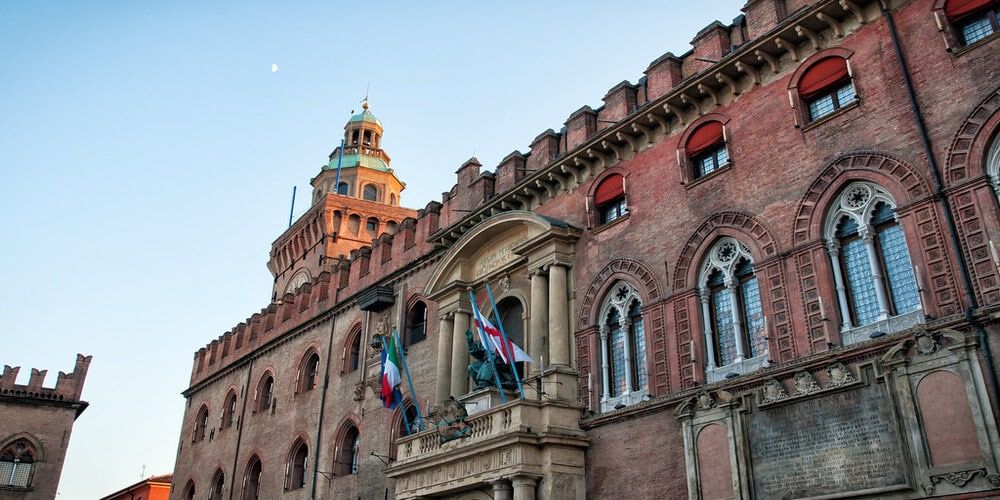
We continue our journey among Italy's most gay-friendly cities in Bologna - and it couldn't be otherwise!
Bologna is often referred to as a Red city, due to the color of its buildings and its historically leftist heritage, but given its fervent youth and university life and its numerous LGBTQIA+ hangouts and venues, it can also be defined for all intents and purposes as a Rainbow city.
Indeed, it was among the first Italian cities to open a center to protect gay rights and to boast fervent activism. With this aim the Cassero LGBT Center was born in Via Don Minzoni, the famous club that has been promoting many initiatives since 1978, including the Gay Pride, workshops, conventions, parties and moments of aggregation in general. Bologna is also the first city in the world to have elected a trans woman as city councilwoman, Marcella Di Folco.
There are, however, many other symbolic and meeting places in Bologna, also because it was the birthplace of two Italian queer icons: Pier Paolo Pasolini, a celebrated film director and intellectual, and Lucio Dalla, a singer-songwriter whose membership in the community was made public only after his death.
Discover the Asinelli Tower, symbol of Bologna
15. Bologna LGBT+: the most representative places
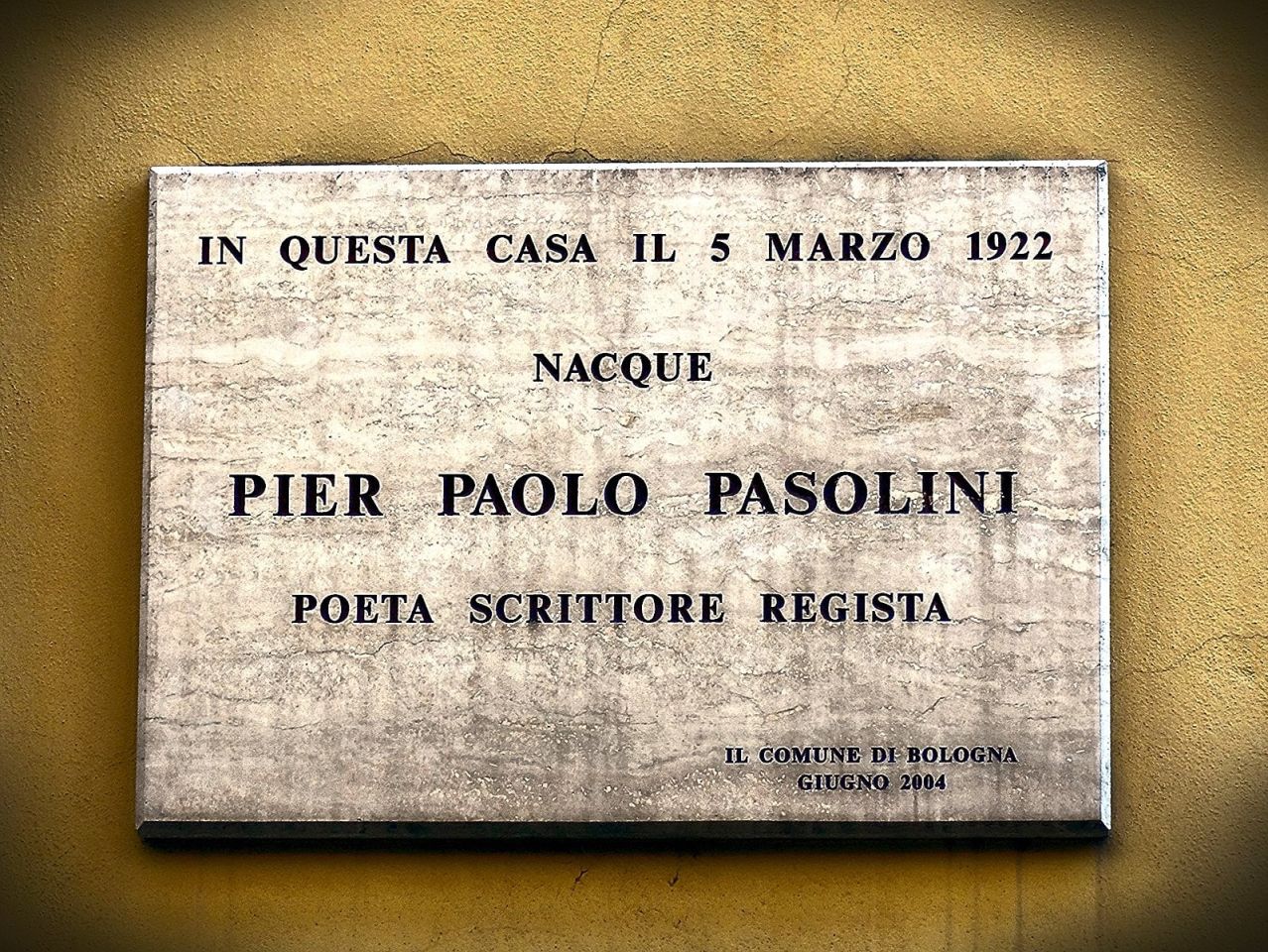
Pasolini's house is located at Via Borgonuovo, 4, but a section of the Biblioteca Renzi of the Fondazione Cineteca di Bologna, or the Pier Paolo Pasolini Study Center-Archive, is also dedicated to him, preserving the artist's documents, magazines and monographs, as well as more than a thousand audiovisuals with his films.
We also recall the Giardino Stefano Casagrande, artist and activist; Porta Saragozza and the Villa Cassarini Gardens, where there is the first Italian monument dedicated to the Nazi persecution of gays, lesbians and trans; and Piazza Cavour, the famous “Piazza Grande” that Lucio Dalla pays homage to in his song of the same name and which represents one of the most striking views of Bologna.
Discover the Bologna city centre14. Florence: historically gay friendly
Among the most gay friendly cities in Italy historically speaking, you cannot miss Florence.
It was for many centuries considered the “perfect” city for homosexual life, in part due to its relative cultural tolerance. Even in Renaissance times, Florentines laughed at situations for which contemporaries in other cities sent to the stake. It was also the first city to abolish the death penalty in 1786 and penalties for homosexuality in 1853. Even earlier, the de' Medici dynasty, which ruled the city from the 15th to the 18th century, promoting art, culture and tolerance, included among its representatives, members who were certainly homosexuals: Pope Leo III (Giovanni de' Medici), Ferdinand II and Giovanni Gastone de' Medici.
Moreover, as early as the 1400s -'500s, there were “maps” of places in Florence where homosexual encounters could take place. And finally, Italy's first gay club was opened here, near Piazza Signoria.
Today in Florence, the LGBTQI+ traveler can find valuable support in AITGL - Associazione Italiana del Turismo Gay & Lesbian, a nonprofit association founded in 2009 to make Italy an increasingly welcoming country and provide tourist information, assistance (including legal) and dedicated services.
13. LGBTQ+ art in the Uffizi Gallery

On the artistic side, not everyone knows that within the Uffizi Gallery are kept artworks through which it is possible to discover some of the culture of the LGBTQ+ community, especially from the Renaissance period.
As a representation of Greek myth we find, for example, the Sleeping Hermaphrodite, Ganymede with the Eagle, Pan and Daphnis, and even The Birth of Venus would bear different meanings, one among them the idea of the shell as vulva. It also contains several paintings by Caravaggio, who some art historians claim was openly gay based on his relationship with Sicilian painter Mario Minniti, who became a sensual model for a number of his pictures, including the Bacchus displayed in the museum.
Visit the Uffizi Gallery12. Milan, rainbow fashion capital
Among the most gay friendly cities in Italy, Milan, the global fashion center and the financial capital of the country, certainly cannot be missed.
These industries have acted as a real gay magnet for many Italian and non-Italian teens, who now live their lives proudly and in the sunlight: here, loving gestures such as holding hands or kissing have become routinely.
11. Porta Venezia and its Gay Street
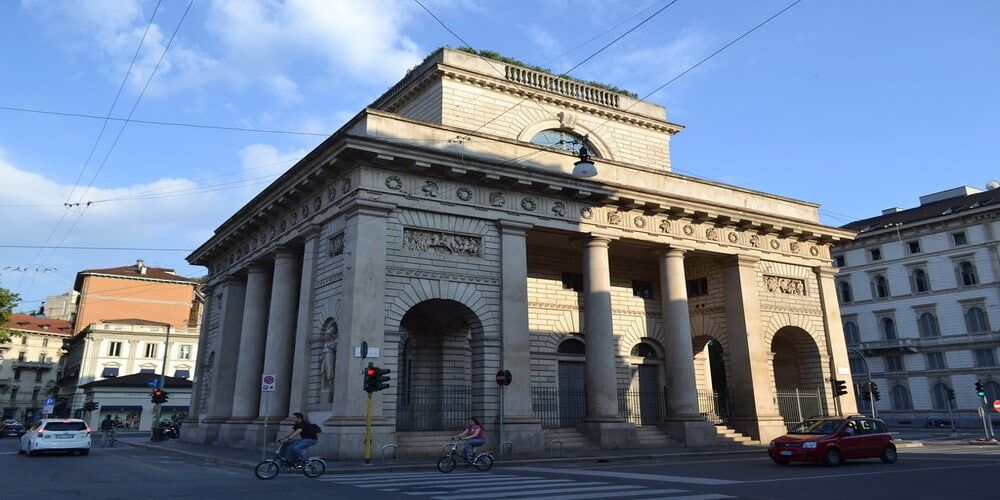
Milan is full of attractions and clubs, and there is no shortage of rainbow movida, and the historic center of LGBTQI+ Milan is located near the Central Station, on Via Sammartini, where there are discos and gay clubs.
However, in recent years the community has changed and grown and the new meeting point is the Porta Venezia neighborhood, in Via Lecco: during the Pride Week the whole street is full of stalls and becomes the city's Pride Square. Flags are everywhere to celebrate this important event not only for the community but for all citizens. Every day on this street young people meet with friends to spend the night and sip cocktails.
Starting the evening from Porta Venezia will allow you to meet new friends, attend the best parties with your friends, your partner or as a single person.
Live the Duomo and the authentic Milan atmosphere10. Naples, home of the femminielli
Let's go back to the south and head to Naples, which is one of the landmark cities for the southern LGBTQI+ community today but also in the past.The respect and affection Neapolitans feel for queer people has ancient origins and is reflected in a much-loved figure in local folklore, the so-called femminiello, a word for a man with feminine features and attitudes.
According to tradition, the femminiello is an important element in the social structure and is a lucky bearer, which is why he is very requested during the ritual of the Christmas tombola, to call out the numbers-which he often enunciates in a mocking and somewhat foul-mouthed manner following the traditional smorfia and setting up a real show.
He is also the protagonist of ancient rituals, such as the figliata dei femminielli - a propitiatory rite during which a childbirth is simulated, with grimacing and wailing in labor, accompanied by singing and litanies - and the juta dei femminielli - annual pilgrimage of groups belonging, in particular, to the trans community to the shrine of Montevergine on February 2 to honor the Virgin Mary, which ends with singing and dancing.
9. The rainbow nightlife in Naples
Regarding nightlife, Naples boasts numerous gay friendly venues, from bars to discos, especially in the old city center and particularly in Piazza Bellini, near the music conservatory, a very lively area of aggregation and sociability, frequented by students, young people, tourists members of the community and others.
Finally, we recommend not to miss the Naples Pride, again in the old town and generally with a finish line in the promenade area, where the typical Neapolitan festive atmosphere takes on an even more vibrant and heartfelt tone.
Be enchanted by the Cristo Velato, a gem of the Naples old city centre8. Padua, a contemporary rainbow tourist center
A happy island in the Veneto region of Italy, Padua is certainly an open and avant-garde city, but above all it is inclusive, much more so than others in the region, and it features numerous venues for the LGBTQI+ world.
Gay tourism in the City of Aperitifs does not have as old roots as elsewhere, but it is certainly a place that is experiencing a rapid rise of it in recent years, as even Venice itself does not offer many specific options in this regard. Yet even here there is a great deal of activity by local associations, primarily by Tralaltro, the provincial Arcigay committee.
7. From the Village to the rainbow saunas
But what is possible to do in Padua? Definitely drop by the Padua Pride Village, the largest context in northern Italy, which, as in cities such as Rome and Torre del Lago, presents itself as the centerpiece of the rainbow summer.
The Village, founded in 2008 by PD deputy Alessandro Zan (promoter of the bill of the same name against homophobia, misogyny and ableism) and offers events, parties, entertainment in clubs, venues, discos for those who want to spend crazy and fun nights among music, dancing and cocktails. Even in the city center bars and clubs allow for relaxing social settings, while clubs await you if you prefer more lively settings-especially if you like 80s music.
Padua also offers gay saunas and spas, for those who prefer quieter and more peaceful settings, perhaps together with their loved one. In short, Padua is currently among the gayest cities in Italy and offers tourist options for all tastes.
6.. Torre del Lago and its rainbow beaches
Located in the heart of Versilia, just a few kilometers from Viareggio, Torre del Lago is not simply among the most gay-friendly cities in Italy but one of the LGBTQI+ community's most beloved summer destinations for at least sixty years.
Home to the Puccini Opera Festival, Torre del Lago has always had a great fascination for lovers of this musical genre and in particular for groups of homosexuals who, moreover, found quieter and less chaotic contexts here than in other seaside resorts and took advantage of it to vacation in peace.
A real growth in gay tourism took place in the 1960s, which focused on the Leccioni beach, commonly known as “the dunes,” which offered an intimate and private place for couples, friends, and why not, even nudists. The campsites also facilitated privacy and contact with nature, away from the prying eyes of conformists, especially for younger people who could not afford hotels.
5. Torre del Lago: Friendly Versilia
In the late 1990s, the Friendly Versilia was also established to boost rainbow tourism and draw up a guide on recommended places to go; famous nightclubs opened with dedicated events, such as the world-famous Mama Mia, which is still an important landmark; drag queen shows were organized; and, above all, the Mardi Gras, one of the most famous and popular gay pride events in Italy, which has been held generally in August since 2015. Finally, the first gay beach club was established thanks to the Mama Mia, the Mama Beach, and began its activity in 2003.
Today, Torre del Lago is a must-see destination for those seeking a relaxed and inclusive climate during their summer vacation, for those who want to enjoy the sea and the close contact with nature - much more intense than in more well-known and frequented places - but also for those who want to get to know a place so significant for the community's history up close. And, of course, for those who want to party in the many clubs, venues and discos by participating in parties and events that can hardly be found in other cities.
4. Gallipoli: rainbow (and nudist) beaches
Let's go all the way down to Apulia and focus on Gallipoli, one of the most popular and popular vacation destinations for young people. But not many people know that in recent years this beautiful location in Salento has also become an important goal for gay tourism in Italy. The reason is primarily due to the presence of numerous gay friendly beaches, where the is possible to live the perfect Apulian holiday mood, between fun, relaxation and gathering.
The welcoming and open-mindedness is also reflected in the presence of numerous beaches dedicated to naturists, among which the most famous is certainly Punta della Suina, or also Spiaggia degli Innamorati, which became even more famous because it is the setting for Ferzan Ozpetek's film Loose Cannons.
3. LGBQI+ nightlife in Gallipoli
When the sun goes down, Gallipoli also offers plenty of options for a fun and lively nightlife: clubs, bars and discos with LGBTQI+ nights, drag queen shows, DJ sets and more will keep you awake until the morning!
If, on the other hand, you are looking for quieter settings and want to try the local cuisine, know that there are even queer masserias, places where Apulian tradition is dressed in a thousand colors; here you can enjoy local delicacies, make friends and sip drinks while listening to good music and relaxing by the pool: a getaway with a kick.
2. Pisa and the first Gay Pride
Tuscany again, another historic stop for the Italian rainbow community: let's move to Pisa. Here, in 1979, the first expression of Italian gay pride ended, a sort of forerunner of the one we know today, with a symbolic and touching roundabout around the Leaning Tower, riding on the wave of an emancipatory spirit that echoed the Stonewall Riots.
The choice of Pisa is most purposeful, since, like other Tuscan locations we have reviewed, it represented a largely homosexual-friendly place, which in Piazza dei Miracoli and Piazza dei Cavalieri (home of La Normale University) found places to gather and socialize. Reasoning on an ideal tour of this essential destination for gay tourism in Italy, we continue to Vicolo dei Tinti, where the headquarters of Circolo Orfeo was located, one of the first national associations for the protection of LGBTQI+ people and which was responsible for the organization of the '79 event but also for many other initiatives in the cultural and artistic sphere.
Explore Pisa and its tower1. The Tuttomondo mural by Haring
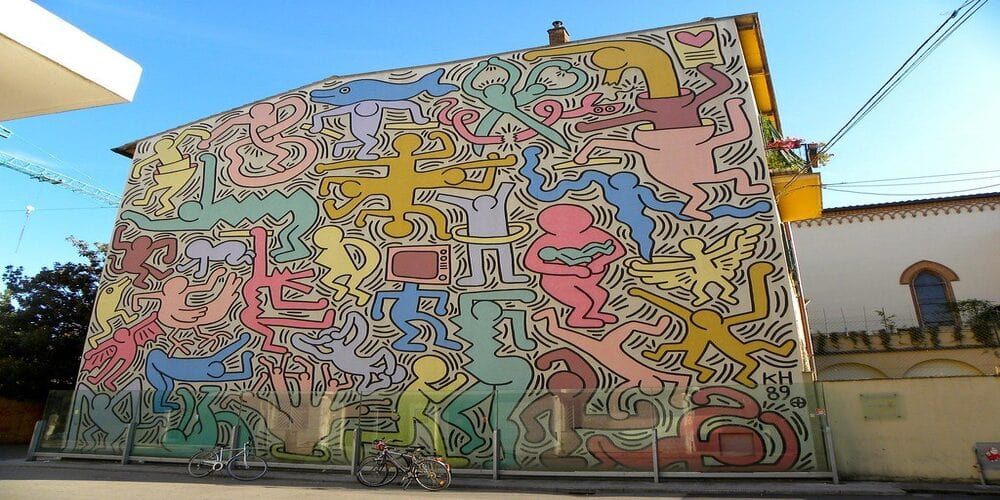
Another fundamental symbol for the community's history is certainly the Tuttomondo mural by Keith Haring, one of the world's leading international rainbow exponents. In the square that now bears his name, on the facade of the Frati Servi di Maria convent, he created an impressive work of art (10 meters long by 18 meters high) to represent brotherhood, peace and the joy of living.
Finally, Pisa is currently home to one of the most important publications concerning the LGBTQI+ world, Gay.it.
Most gay friendly cities in Italy: top destinations for safe tourism
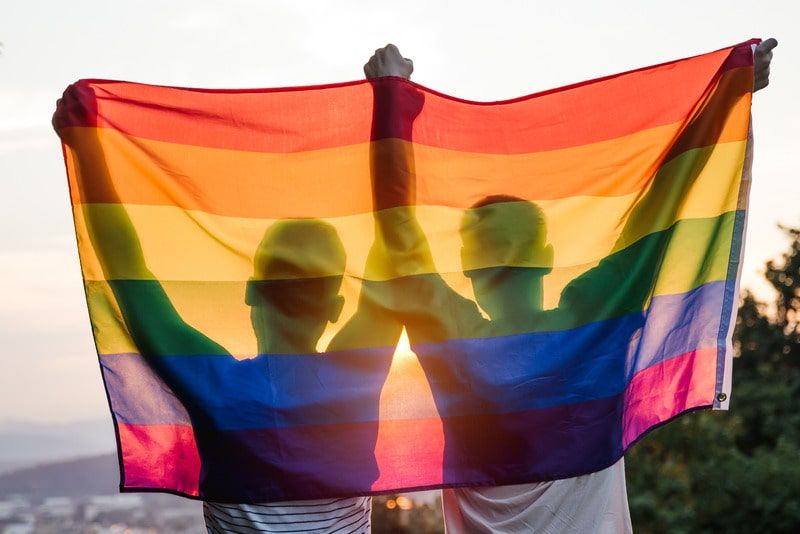
According to a survey conducted by Booking in 2022, many LGBTQI+ tourists have had unpleasant travel experiences, because they felt discriminated against and unwelcomed and therefore could not fully enjoy the joy that should be a fundamental part of any trip. Therefore, choosing a destination that communicates safety and well-being is a requirement for a large number of queer and gender fluid tourists.
Although Italy is certainly not among the very first positions in the world for what concerns the rights of the rainbow community, it must be said, on the other hand, that it is certainly among the most loved destinations by travelers who are part of it. This data is really positive and encouraging, and we hope that it will push institutions in all areas of the Peninsula to follow the example of foresight implemented by the most gay friendly cities in Italy that we mentioned, so that our Bel Paese remains yes a reference point for summer fun and relax, but also and above all for inclusion, for a vacation for everyone.
FAQ
What are the gayest cities in Italy?
As we could see, the most gay friendly cities in Italy are many - Milan, Rome, Florence, Bologna, Padua, Catania, Pisa, Gallipoli. In these cities there are LGBTQ+ clubs, gathering venues and clubs, as well as annual parties and Gay Pride celebrations. The Versilia area is also historically renowned for its welcoming and rainbow realities and it is actually very popular, especially during the summer.
What is the best city in Italy for singles?
Big cities definitely offer more chances for those looking for love or simply fun, so Milan, Rome and Bologna are the best cities in Italy for singles. This, of course, does not exclusively go for the LGBTQ+ community, but clubs and nightlife here help for sure to create safe contexts and dedicated opportunities.
Is Southern Italy gay friendly?
As we have seen, cities such as Naples, Gallipoli and Catania are historically gay friendly. These are joined by other southern Italian cities, especially the larger ones such as Bari, Salerno, and Palermo, where the LGBTQ+ community can feel welcomed and represented. Certainly the situation can change in smaller and provincial realities, where there is unfortunately a lack of dedicated gathering places.
Do they use Grindr in Italy?
Of course, like all popular dating apps and sites, Grindr is widely used in Italy and is famous among people of all ages who belong to the rainbow community.
About the author
Written on 21/05/2024

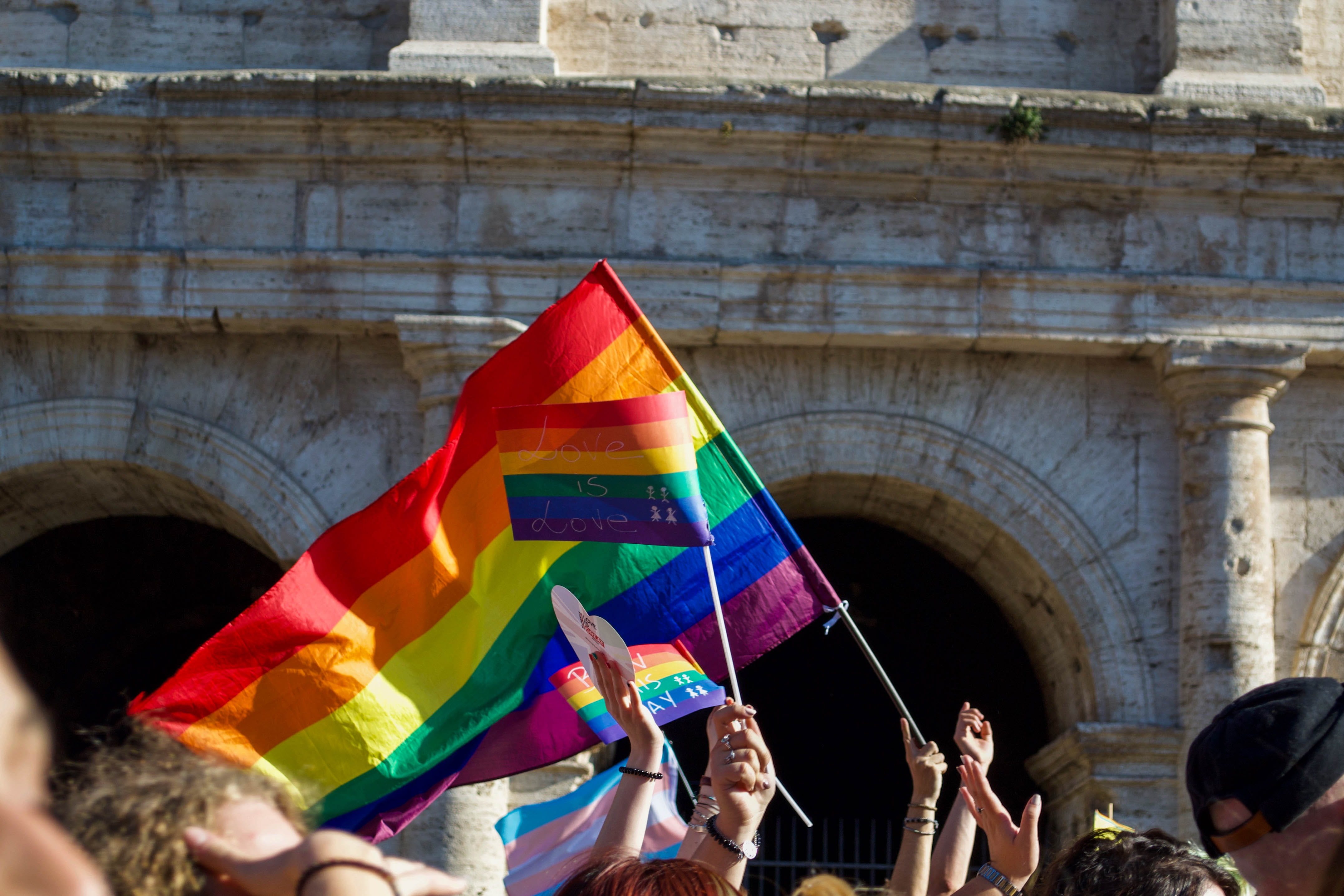

Ludovica Poliero
Italy has been a popular destination for rainbow tourism since the XIX century. But which are the most gay friendly cities in Italy in 2025?